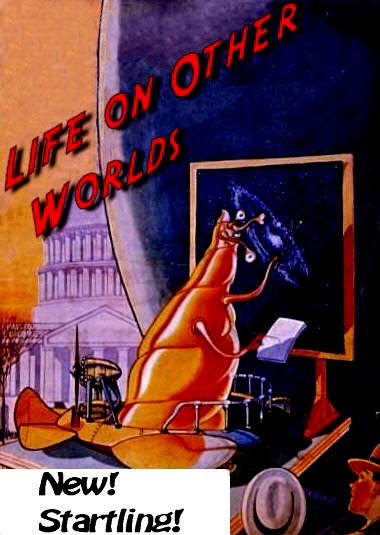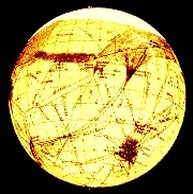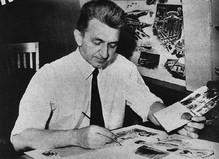Tales of Future Past v2
Main menu
- Home Page
-
Life on Other Worlds
- Life on Other Worlds
- Life on the Planets
- Life on the Moons
- Tales of the Stars
-
Future Living
- Future Living
- Life in 2000 AD
- Leisure
- Shopping
- Drive-In Market
- Cosmetics
- Laundry
- Strikerette
- School: 1999
- Optionics
- Life in 2055
- Future Movies
- Sensorama
- Scopitone
- Radio Pirates
- Weather Control
- Automatic Lumberjack
- Cold Light
- Eternal Youth
- Cryonics
- Suspended Animation
- Space Funeral
- Space Holidays
- Trapped by Television
- Robot Dogs
- Churchill: 1982
- Future House
- Future Kitchen
- Future Food
- Future Work
-
Future City
- Future City
- Skyscraper World
- Tomorrow's Skyline
- Urban Utopias
- World's Fair City
-
Future Transport
- Future Transport
- Rollerball
- Hydrofoil
- Tourism
- Future Liner
- Monorail
- Garden Rail
- Propeller Rail
- Water Rail
- Rocket Trains
- Radio Trains
- Rocket Mail
- Jet Boat
- Desert Liner
- Huge Truck
- Channel Tunnel
- Iron Whale
- Sea Slug
- Sea Slug 2
- Hovercraft
- Ice Field
- Rocket Port
- Vacuum Trains
- Transatlantic Tunnel
- Future Lift
- Travel: 1928
- Concrete Liner
- Teleportation
- Future Car
- Death Rays
Life on Other Worlds

"Okay, Galactic Standard co- Let's face it, Ugmar of Zeta 12 here was no Klaatu. All those billions of dollars spent on radio telescopes, SETI screensavers, and space probes with gold-
Let's face it, Ugmar of Zeta 12 here was no Klaatu. All those billions of dollars spent on radio telescopes, SETI screensavers, and space probes with gold- In the 1920s and '30s the most influential of science fiction illustrators was Frank R. Paul. He supplied many of the covers for Hugo Gernsback's magazines such as Amazing Stories and though the people he drew looked like suet poured into clothes, his buildings, machines, and aliens had a complexity, detail, and drama about them that provided artists with the visual vocabulary of science fiction to this day.
In the 1920s and '30s the most influential of science fiction illustrators was Frank R. Paul. He supplied many of the covers for Hugo Gernsback's magazines such as Amazing Stories and though the people he drew looked like suet poured into clothes, his buildings, machines, and aliens had a complexity, detail, and drama about them that provided artists with the visual vocabulary of science fiction to this day.
In the late '30s, Paul had a chance to let his imagination run for a bit with a series of back-